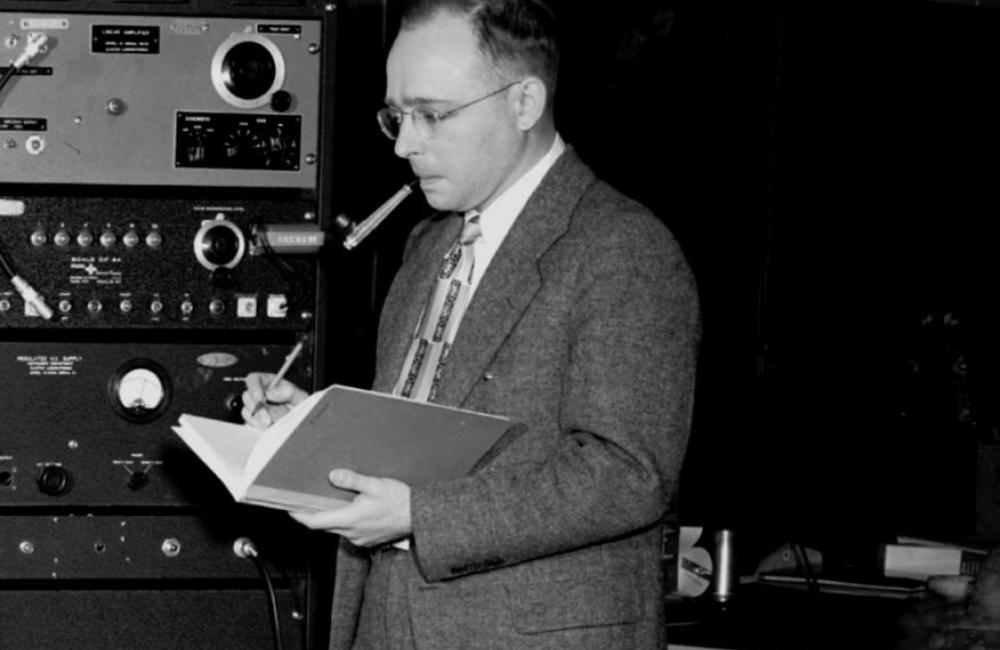It takes more than scientists to run a scientific institution, especially one like ORNL that operates reactors, accelerators and other highly specialized facilities.
Machinists, electricians, welders, mechanics and other craft and trade workers have been an indispensable part of the lab since Day One. They arrived among the first workers doing site preparation in 1942, many stayed, and some were among the world’s most talented individuals in their disciplines. It is not unusual to find their grandchildren and great-grandchildren working at the lab now.
Like all men and women who came to the newly created Oak Ridge in World War II, tradespeople had to make sacrifices. One was that they could not organize a union. The mere existence of Oak Ridge was a heavily guarded secret, and one worker had very little idea what others were doing. In such an environment, the Army decided that labor organizing would simply involve too much sharing of information.
A “gentleman’s agreement” deferred organization until after the war, but for a time workers still were prevented from general canvassing because of potential security breaches. It was nearly a year after the war before laborers were allowed to canvass and eventually vote to organize what was then known as X-10.
Photos and oral histories give the impression that trade workers were a tight bunch from the beginning. One local celebrity was a sheet metal worker nicknamed “Mink,” who was short in stature, meek in appearance, and the reigning checker champion of Roane County.
During lunch he would take on all comers, sometimes conducting two games at once in the sheet metal shop. Section heads, supervisors and managers all met their demise at the checkerboard of the unassuming Mink.
Scientists may have been X-10’s rock stars, but they understood how much they needed the lab’s skilled workers.
ORNL’s neutron science pioneers were no exception. When Ernie Wollan’s physics section was transferred in 1944 from the University of Chicago down here to “Dogpatch”—an epithet for the East Tennessee site—he was working on an idea: to stream neutrons from the lab’s Graphite Reactor using a crystal to select desired wavelengths, a technique called crystal diffraction.
With the help of “the shop,” he was able to modify a two-circle X-ray diffractometer and fabricate a sample holder and a cadmium collimator, which was used to narrow the neutron beam. Using what Wollan called a “very simple and useful tool,” he and his team observed and recorded (with a pen and paper) the first evidence of success. Without skilled welders and machinists on hand, this achievement would have been impossible.
The neutron pioneers continued their close relationship with the shop, with a machinist at one point fabricating a mahogany tobacco pipe for Wollan’s collaborator, future Nobelist Clifford Shull. The pipe included a handfluted aluminum square channel, with taps added to affix the bowl and mouthpiece.
The pipe sits in a locked cabinet, awaiting its final resting place.


